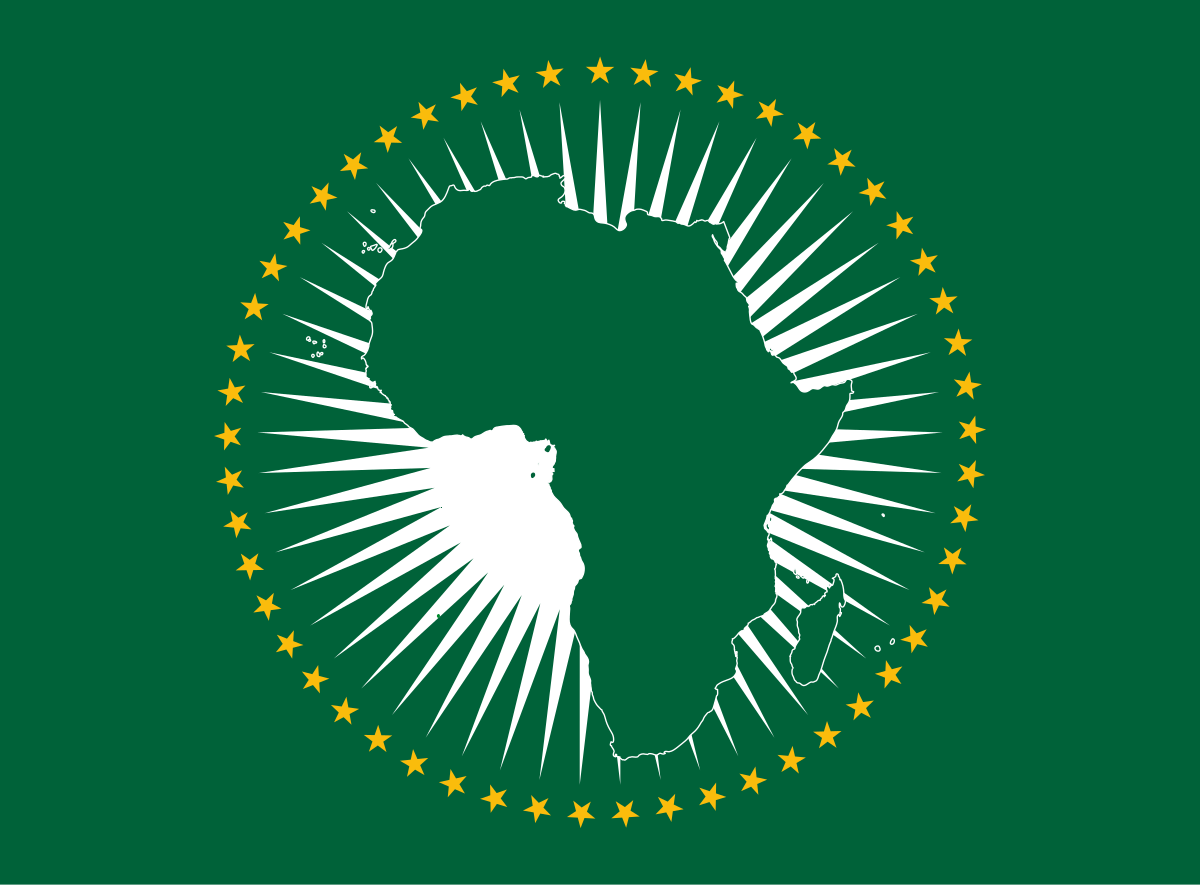
Featured image: South African President Cyril Ramaphosa visits Rwanda for 10th Extraordinary Summit of Heads of State and Government of the African Union.
By James Han
At the 12th African Union (AU) summit in early July of this year, the African Continental Free Trade Area (AfCFTA) entered into force after the required number of member countries (22) ratified the agreement. Currently, all AU members except Eritrea have signed the agreement, and twenty-seven have ratified the agreement at home (Brookings Institution). Assuming all the signatories ratify the agreement, the AfCFTA will create the largest free trade area in the world, incorporating 1.2 billion people with a combined GDP of 2.5 trillion USD . Furthermore, the UN Economic Commission for Africa reports that the AfCFTA will likely increase intra-African trade by 52.3 percent by 2020. Intra-African trade currently represents a paltry 15 percent of African trade, while intra-European trade makes up 67 percent of European trade. By emphasizing trade between African nations over exporting raw materials outside the continent, the African Union hopes to create more value-added jobs, which would help build businesses and competitiveness within Africa, thereby strengthening African global competitiveness.
That being said, several obstacles stand in the way of realizing this economic vision. First, Africa is a vast continent that lacks efficient transport infrastructure to support the massive supply chains needed to maximize the AfCFTA’s potential. In addition, the Brookings Institution notes that African countries top the charts for electricity and water infrastructure disruptions, disruptions which create more barriers for establishing small and medium-sized businesses. The African Development Bank reports that the average financing gap for African infrastructure falls between 68 billion and 108 billion USD a year.

The AfCFTA also has not been ratified by all of its signatories, greatly reducing the scope of the agreement. While the agreement is already making headway, with twenty-seven full members it has only reached half of its potential, limiting the number of trade opportunities. African economies are also different from one another. Nigeria and South Africa will be able to reap larger benefits because they have the economic scale necessary to use new markets to their full potential, while smaller countries will be limited. Non-tariff barriers, such as regional political disputes, could limit trade between members. Africa has never been a homogenous continent, and the deeply-rooted religious and ethnic conflicts in many regions of Africa also pose a threat to the success of the agreement.
The AfCFTA will certainly help improve the economies of African countries across the continent by tearing down trade barriers and opening up markets. However, those benefits will likely fall short of the overly optimistic projections that dominate the media today. The AfCFTA is just one step, albeit a large one, in the economic revolution that Africa will need to rise to a competitive place in the global economy.
James Han is a first-year in Pierson College majoring in Economics. He can be contacted at j.han@yale.edu.